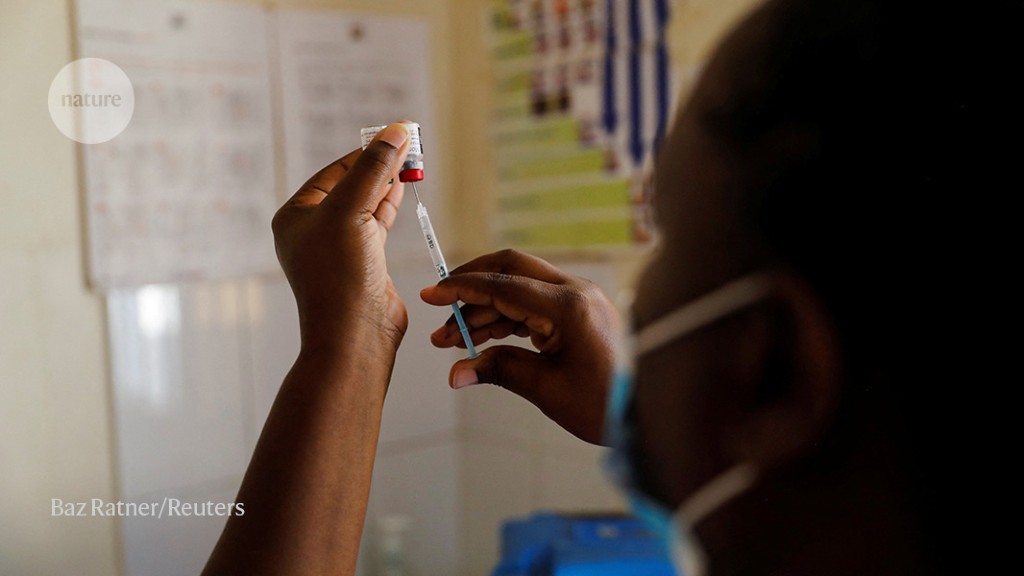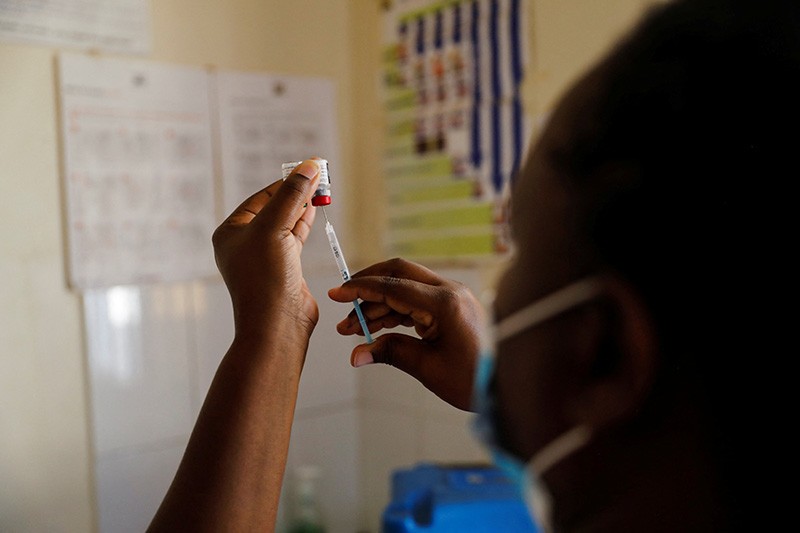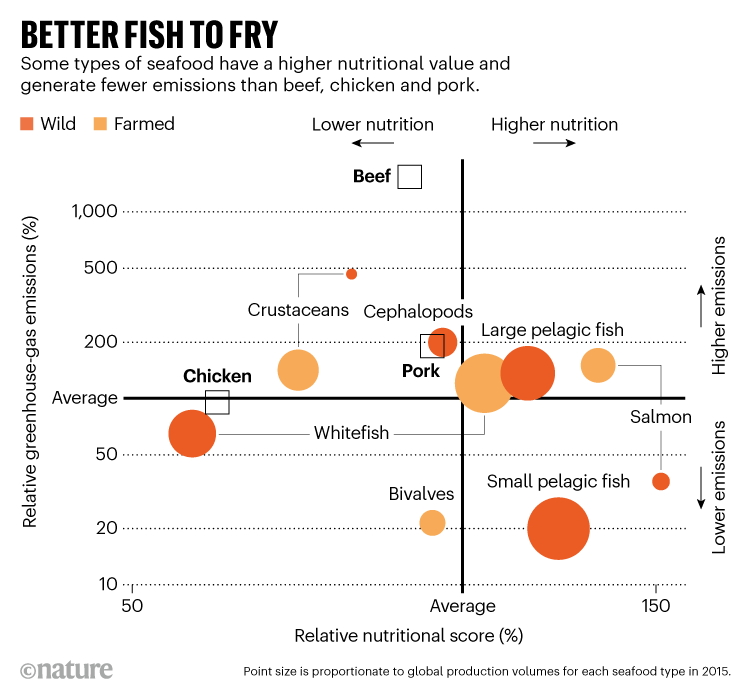Malaria vaccine booster prolongs protection
A promising malaria vaccine was up to 80% effective at preventing the disease in young children who received a booster shot one year after their initial dose, exceeding a World Health Organization (WHO) target of 75% efficacy.
The clinical-trial results, published on 7 September (M. S. Datoo et al. Lancet Infect. Dis. https://doi.org/gqsmkb; 2022) add to data released last year, and show that immune responses — which waned over the year following the initial dose of vaccine — can be boosted back to initial levels.
The findings offer hope that the vaccine, called R21, could be an effective weapon in the fight against malaria, which is one of the biggest killers of children globally.
But public-health officials will require results from a bigger trial — with more than ten times as many participants, spread across four African countries — before they can confirm R21’s safety and utility, and roll it out on a larger scale.
Eat more fish: when switching to seafood helps — and when it doesn’t
Replacing meat with certain types of sustainably sourced seafood could help people to reduce their carbon footprint without compromising on nutrition, finds an analysis of dozens of marine species.
The study, published on 8 September (M. Bianchi et al. Commun. Earth Environ. 3, 188; 2022) suggests that farmed bivalves — shellfish such as mussels, clams and oysters — and wild-caught, small, surface-dwelling (pelagic) fish, which include anchovies, mackerel and herring, generate fewer greenhouse-gas emissions and are more nutrient-dense than beef, pork or chicken.
The research aimed to “do a better job of understanding the climate impacts of seafood through the lens of very diverse nutritional qualities”, says Peter Tyedmers, an ecological economist at Dalhousie University in Halifax, Canada.
Using 41 seafood species, the researchers established a nutrient-density score that accounted for essential nutrients, such as certain fats and vitamins. The species surveyed included farmed and wild-caught fish, crustaceans, bivalves and cephalopods (the group that includes octopus and squid). The team then used available emissions data for 34 of those species to compare their nutrient density with the emissions associated with their production or capture.
Half of the species offered more nutritional bang for their buck in terms of emissions (see ‘Better fish to fry’). Wild-caught pink salmon (Oncorhynchus gorbuscha) and sockeye salmon (Oncorhynchus nerka), along with wild-caught, small pelagic fish and farmed bivalves, were the best choices for nutrient-dense, low-emissions protein sources. Whitefish such as cod (Gadus spp.) also had a low climate impact, but were among the least nutrient-dense foods. Wild-caught crustaceans had the highest emissions, with a carbon footprint rivalled only by that of beef. The authors note that their emissions data do not include ‘post-production’ emissions, such as those generated by refrigeration or transport.
Billion-dollar US Health agency gets first chief
US President Joe Biden has selected Renee Wegrzyn, a biologist and former government scientist, as the inaugural director of the Advanced Research Projects Agency for Health (ARPA-H), an agency created by his administration to find innovative solutions to biomedical problems. Although researchers applaud Biden’s choice, they say that Wegrzyn will have her work cut out, because many details about the agency are still in limbo, including how it should be structured.
The US Congress allocated the agency only US$1 billion in 2022 — rather than the $6.5 billion that Biden requested last year — and has not yet passed legislation authorizing its creation. Lawmakers have been sparring over whether the agency should be housed in the National Institutes of Health, which is seen as a conservative funder of science, or be independent of it.
Wegrzyn spent more than five years working as a programme manager at the US Defense Advanced Research Projects Agency (DARPA), which the Biden administration intends to emulate with ARPA-H. At DARPA, her portfolio included projects that used synthetic biology to counter infectious disease and bolster biosecurity.



